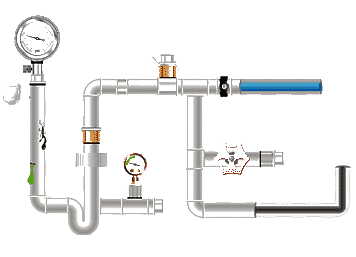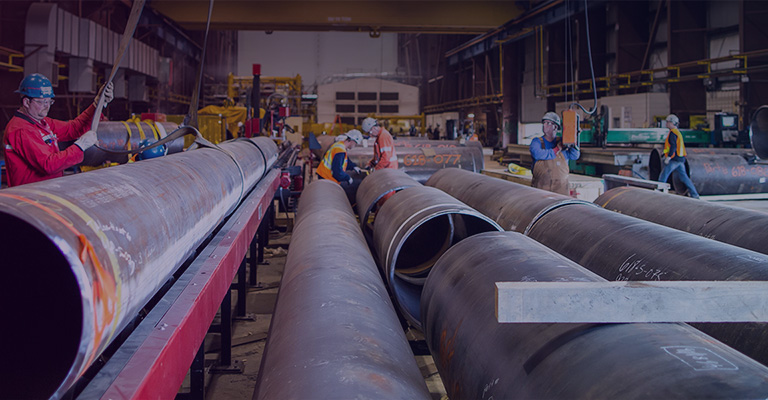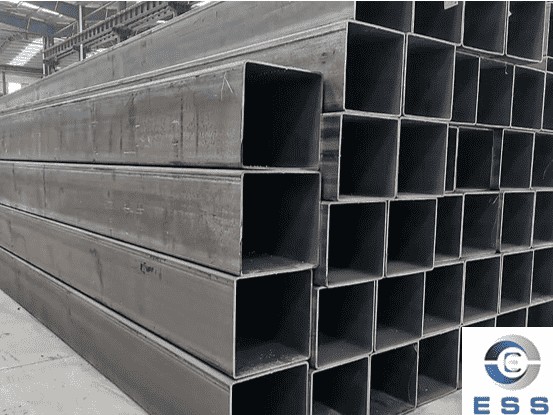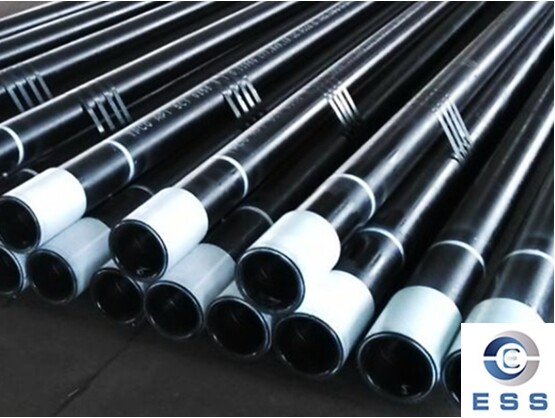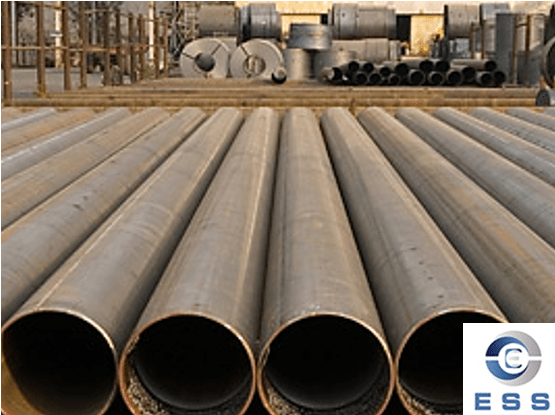Welded steel pipe refers to steel pipe made by bending or deforming steel strips or
plates into round, square, or other shapes, with a seam on the surface. The raw
material used for welded steel pipe is steel plate or strip.
Since
the 1930s, with the rapid development of continuous rolling production of
high-quality strip steel and advancements in welding and inspection technology,
weld quality has continuously improved, and the variety and specifications of
welded steel pipe have continued to expand. Seamless vs welded pipe : welded steel pipe has lower cost and higher production efficiency
than seamless steel pipe.
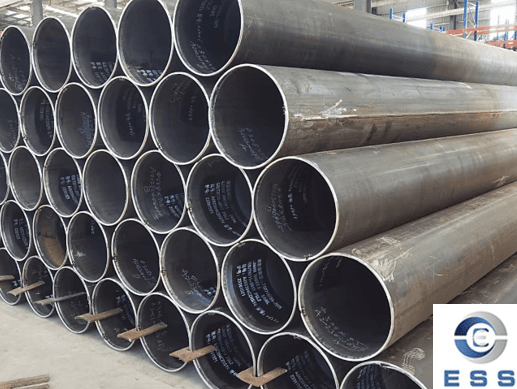
Advantages of Welded Pipe
1. Strong Corrosion Resistance
Welded pipe is typically made of metal
materials such as stainless steel and nickel, exhibiting excellent corrosion
resistance and resisting rust or corrosion even in harsh environments.
2. High Strength
Compared to ordinary steel pipe, welded
pipe offers higher strength and superior load-bearing capacity.
3. Efficient Construction
Welded pipe is quick and easy to install,
significantly reducing time and labor costs compared to traditional iron pipe.
4. Safety and Reliability
Welded pipe joints are strong, reducing
safety hazards such as electrical leakage and water seepage, ensuring safe
production.
Disadvantages of Welded Pipes
1. Unstable Welding Quality
If welding techniques are substandard,
welded pipe joints may exhibit defects such as incomplete penetration and
unsealed welds, affecting the airtightness and watertightness of the pipe after
installation.
2. Susceptibility to Corrosion
Because welded pipe surfaces lack special
anti-corrosion treatment, high humidity or high-oxidation environments may
cause rust and wear on the surface, shortening its service life.
Welded Pipe Manufacturing Types
There are three types of welding: ERW (electrical resistance welding), LSAW (longitudinal submerged arc welding), and SSAW (spiral submerged arc welding).
1. ERW
Application:
The ERW process is generally suitable for
pipes under 24 inches (609 mm).
Manufacturing Features:
The ERW process uses resistance heating to
heat the edges of the steel strip to welding temperature, then pressurizes and
welds the steel strip to form the weld. Modern processes generally use
high-frequency welding (HFW), which offers fast welding speeds and smooth
welds.
ERW/HFW Longitudinal Welded Steel Line Pipe
(Resistance Welding) Manufacturing Process:
Uncoiling - Flattening - Shearing and Butt
Welding - Coil Storage - Plate Uncoiling - Trimming - Forming - High-Frequency
Welding - Internal and External Burr Removal - Ultrasonic Testing -
Medium-Frequency Annealing - Air Cooling - Water Cooling - Sizing -
Straightness - Cutting - Dimensional and Initial Surface Inspection - Pipe End
Beveling - Hydrostatic Testing - Full Pipe Ultrasonic Testing - Offline
Ultrasonic Testing - Pipe End Ultrasonic Testing - Dimensional and Final
Surface Inspection - Corrosion-Resistant Coating - Marking - Pipe End
Protection - Inspection and Warehousing
Advantages:
Smooth welds with high dimensional
accuracy;
Fast welding speed and high production
efficiency;
Suitable for high-pressure transmission
pipelines (e.g., API 5L Grade B, X42–X70).
Typical Use:
Oil and gas line pipes, water pipelines,
and pipes for mechanical structures (EN
10219).
2. LSAW
Application:
LSAW pipe is suitable for pipes with
diameters ranging from 20 inches (508 mm) to 40 inches (1016 mm).
Manufacturing Features:
Utilizing the submerged arc welding (SAW)
process, a layer of flux is applied to the weld seam, allowing the arc to burn
beneath the flux, concentrating the heat and achieving high weld quality. Named
JCOE pipe based on the manufacturing procedure, the pipe is available in J-,
C-, O-, and E-shaped cold-expanded shapes.
LSAW Steel Pipe Production Process:
Plate Unwrapping - Vacuum Lifting -
Ultrasonic Testing - Edge Milling - Pre-bending - J-Forming - C-Forming -
O-Forming - CO2 Gas Shielded Spot Welding - Tab Welding - Internal Welding -
External Welding - Tab Plate Removal - Cleaning - Rounding - X-ray Inspection -
Ultrasonic Testing - Cleaning Before Expansion - Mechanical Expansion -
Cleaning After Expansion - Straightness Inspection - Hydrostatic Testing -
Ultrasonic Testing - Pipe End Weld Grinding - Mechanical Surface Treatment -
X-ray Inspection of the Pipe Body and Both Ends - Ultrasonic Testing of the
Pipe Ends - Magnetic Particle Inspection of Both Ends - Weighing and Length
Measurement - Product Inspection - External Coating - Internal Coating -
Marking - Packaging and Warehousing
Advantages:
Dense and High-Strength Welds;
Can Produce Large-Diameter, Thick-Walled
Pipes;
High Dimensional Accuracy, 100% Weld
Inspection.
Typical Use:
Submarine Oil Pipelines, High-Pressure
Natural Gas Pipelines, Structural Support Columns, Pressure Vessels, etc.
3. SSAW
Scope of Application:
SSAW pipe is suitable for pipes with a
maximum diameter of 60 inches (1524 mm).
Manufacturing Features:
Starting from hot-rolled strip steel, it is
rolled into a pipe using a forming machine at a specific spiral angle and then
welded to the pipe using double-sided submerged arc welding. The spiral angle
is adjustable, allowing for flexible product sizes.
SSAW Steel Pipe Manufacturing Process:
Uncoiling - Flattening - Shearing and Butt
Welding - Edge Milling - Pre-rolling - Forming - Internal and External Welding
- Cutting - Ultrasonic Testing - X-ray Testing - Pipe End Weld Grinding - Pipe
End Flaring - Hydrostatic Testing - Ultrasonic Testing - Pipe End Beveling -
X-ray Testing - Production Inspection - Marking - Warehousing
Advantages:
Can manufacture pipes of any length and
large diameter;
Uniform stress distribution and strong
resistance to hoop stress;
Low cost and high material utilization.
Typical Use:
Long-distance oil, gas, and water
pipelines, pile foundations, and bridge steel pipe piles.
Key Differences Between SAW (LSAW, SSAW)
and ERW Pipes
From the manufacturing processes described
above, we can see that SAW (LSAW, SSAW) and ERW pipes are completely different
in terms of forming and welding. Consequently, the performance of the two pipe
types differs in the following aspects:
1. Surface Quality Comparison
ERW pipes have a smoother surface and a
higher surface finish than SAW (LSAW, SSAW) pipes.
2. Defect Comparison
ERW pipes have fewer defects than SAW
pipes.
Because of solvent deposits in SAW pipes,
they can produce more defects in addition to volumetric defects.
Defects found in ERW pipes are limited to
linear and straight welds, making them easier to detect.
3. Residual Stress Comparison
ERW pipes have lower residual stress than
SAW pipes.
The displacement of ERW pipes along both
the axial and transverse cuts is smaller than that of SAW pipes made of the
same material, making them easier to detect.
4. Durability Comparison
ERW steel pipes can be scrapped and welded
if defects develop, while SAW steel pipes can be scrapped and welded, which can
lead to cracking or corrosion. ERW steel pipes are more durable.
Summary
Welded steel pipes, due to their high
production efficiency, low cost, and strong versatility, have become one of the
most widely used pipe types worldwide. In oil and gas transportation, urban
water supply, building structures, and foundation engineering, welded pipes,
along with seamless steel pipes, are the two most popular choices.
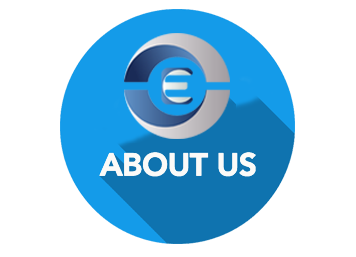








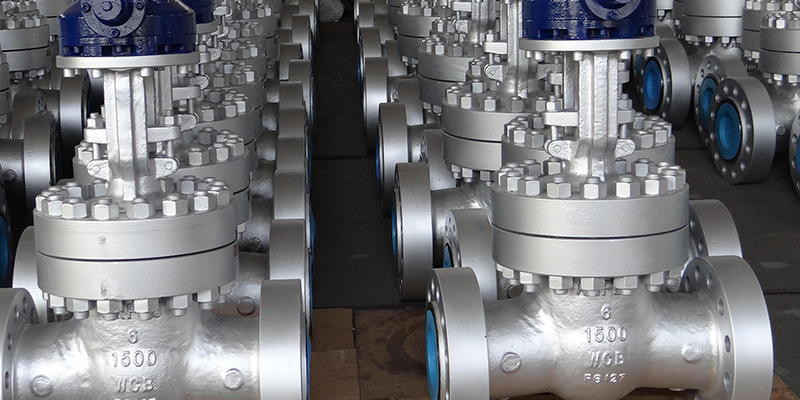
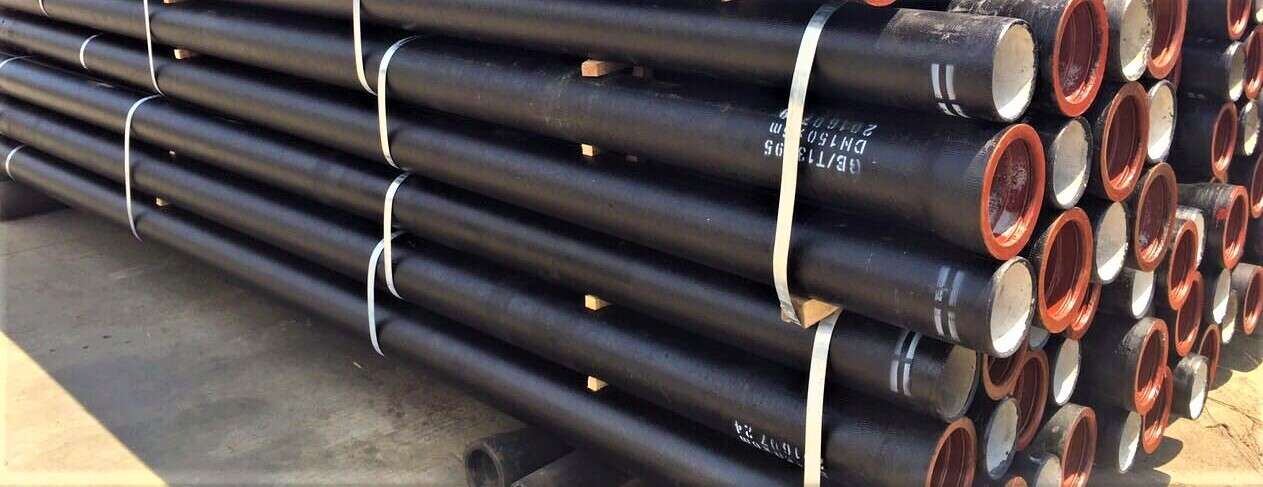

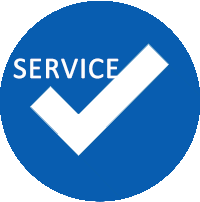
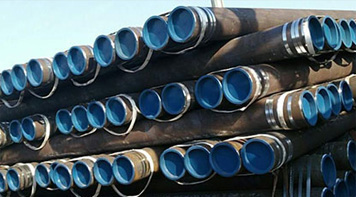 Eastern Steel Manufacturing Co.,Ltd not only improve product production and sales services, but also provide additional value-added services. As long as you need, we can complete your specific needs together.
Eastern Steel Manufacturing Co.,Ltd not only improve product production and sales services, but also provide additional value-added services. As long as you need, we can complete your specific needs together.
